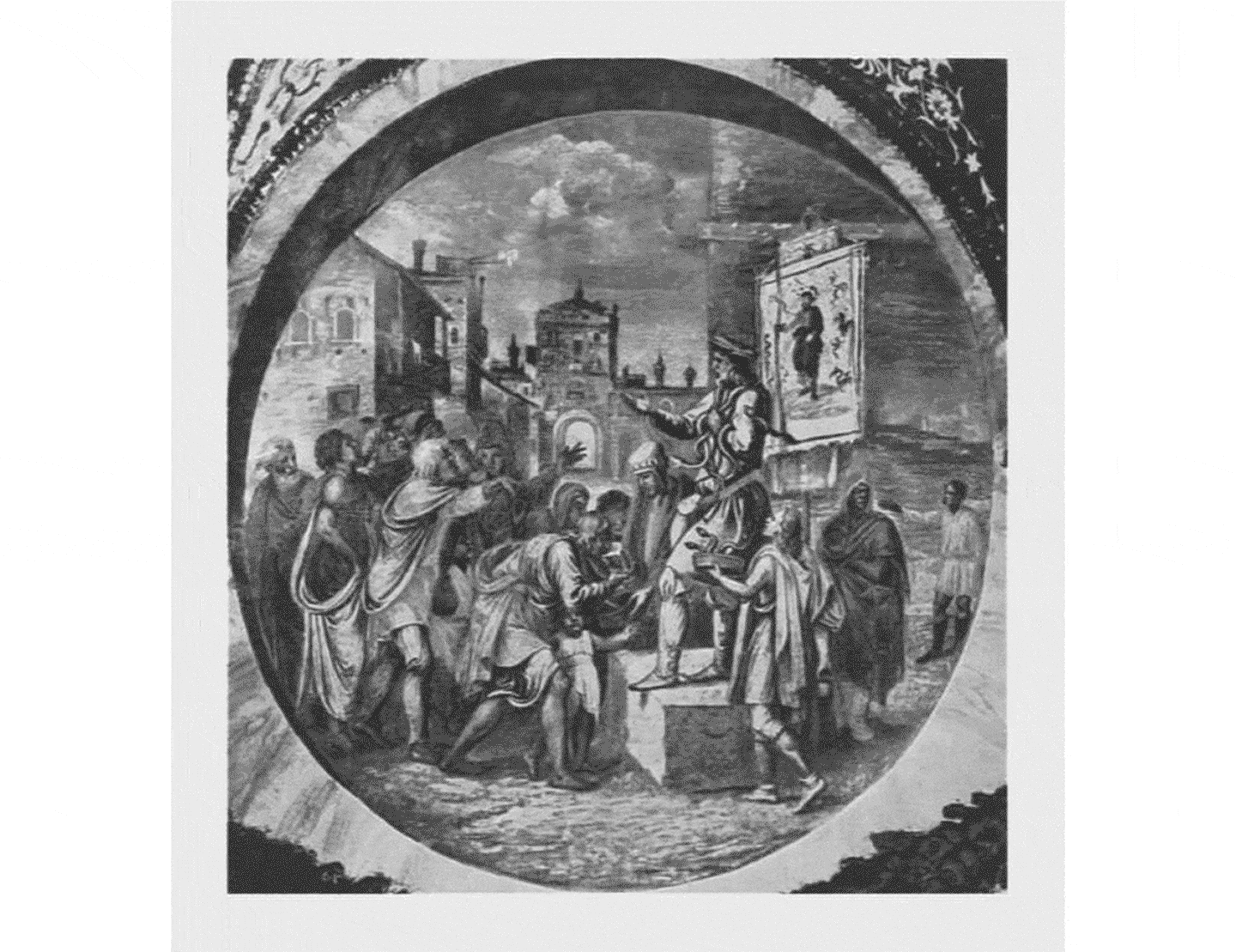A film essay by Anselm Franke and Erhard Schüttpelz
November 29, 2020–January 27, 2021
John-Foster-Dulles-Allee 10
10557 Berlin
Germany
T +49 30 397870
F +49 30 3948679
info@hkw.de
A Kind of World War
Aby Warburg’s famous lecture on the Hopi snake ritual in Arizona is one of the most commented art history transcripts of the 20th century. But while Warburg’s snake ritual essay is firmly anchored in the canon of art history, to a wider public—especially in Europe—little is known about its source, the Hopi snake ritual and its history. A Kind of World War is dedicated to what Aby Warburg largely ignored himself: that not only the ritual, but also the images of the ritual—to whose global distribution Warburg contributed—have a political history.
The film traces the parallels and divergences between the ritual acts of image-making and the historical events of Hopi snake rituals and Warburg’s slide lecture about these rituals at Bellevue Sanatorium in Kreuzlingen. At the time of the lecture, on April 21, 1923, Aby Warburg had been a patient in the psychiatric clinic for two years. For him, the lecture in front of patients and physicians—the publication of which he subsequently prohibited—was a performative picture act to free himself from his internment, a means of escape. For the Hopi, the snake ritual and its media popularization were a means of avoiding the immediate threat of the destruction of their own social structure by the US settler society. It was only once this threat was averted, the Hopi prohibited the production and distribution of images of the ritual.
A Kind of World War seeks to demonstrate that Warburg’s art history, insofar it outlines an internal history of the European psyche, must be read in conjunction with its external counterpart, the history of colonisation, war and cultural entanglement. Once these omitted histories are taken into account, Warburg’s text with its image transfers from Oraibi to Kreuzlingen can act as material and template for an intercontinental art history yet to come—a history that Warburg envisaged as “Travelling Routes of Images,” but could only propose for the transatlantic history of his voyage and his talk.
A film essay by Anselm Franke and Erhard Schüttpelz in collaboration with Guillaume Cailleau (Director of Photography), Nicholas Bussmann (soundtrack and composition) and Haytham El-Wardany (voice), among others.
Launch on hkw.de on November 29, 2020.
On occasion of the exhibition Aby Warburg: Bilderatlas Mnemosyne - Das Original curated by Roberto Ohrt and Axel Heil, in collaboration with The Warburg Institute, held at HKW from September 4 until Covid-19 lockdown November 2, 2020.
The exhibition continues within various digital formats:
Befragung des Atlas
Anselm Franke in collaboration with Matthew Vollgraff and Guillaume Cailleau
Four approximately 30-minute episodes
With the exhibition curators as well as Erhard Schüttpelz, Griselda Pollock, Claire Tancons, Alice Creischer / Andreas Siekmann, Steffen Haug, Giovanna Targia, Syros Papapetros
A 3D guided tour produced by our project partner the Warburg Institute makes it possible to explore, interrogate and view the atlas without physically being there.
Gertrud Bing and Aby Warburg: Sharing the Denkraum, Laura Tack, author of a monograph on Gertrud Bing, and the cultural theorist Clio Nicastro examine the presence of Gertrud Bing in the exhibition.
Aby Warburg: Bilderatlas Mnemosyne - The Original, part of The New Alphabet (2019–2021) is supported by the Federal Government Commissioner for Culture and the Media due to a ruling of the German Bundestag. Haus der Kulturen der Welt is supported by the Minister of State for Culture and the Media as well as by the Federal Foreign Office.
Press contact:
Anne Maier
Haus der Kulturen der Welt
T +49 30 39787 153 / anne.maier [at] hkw.de

